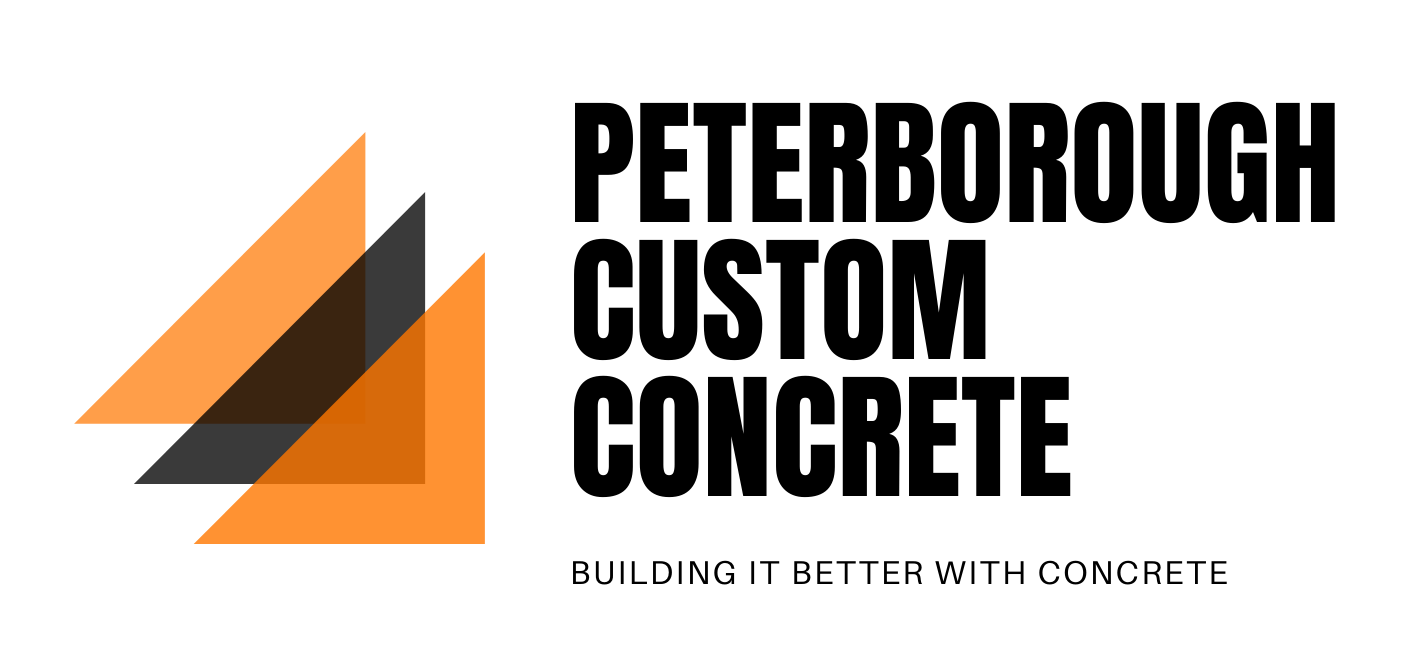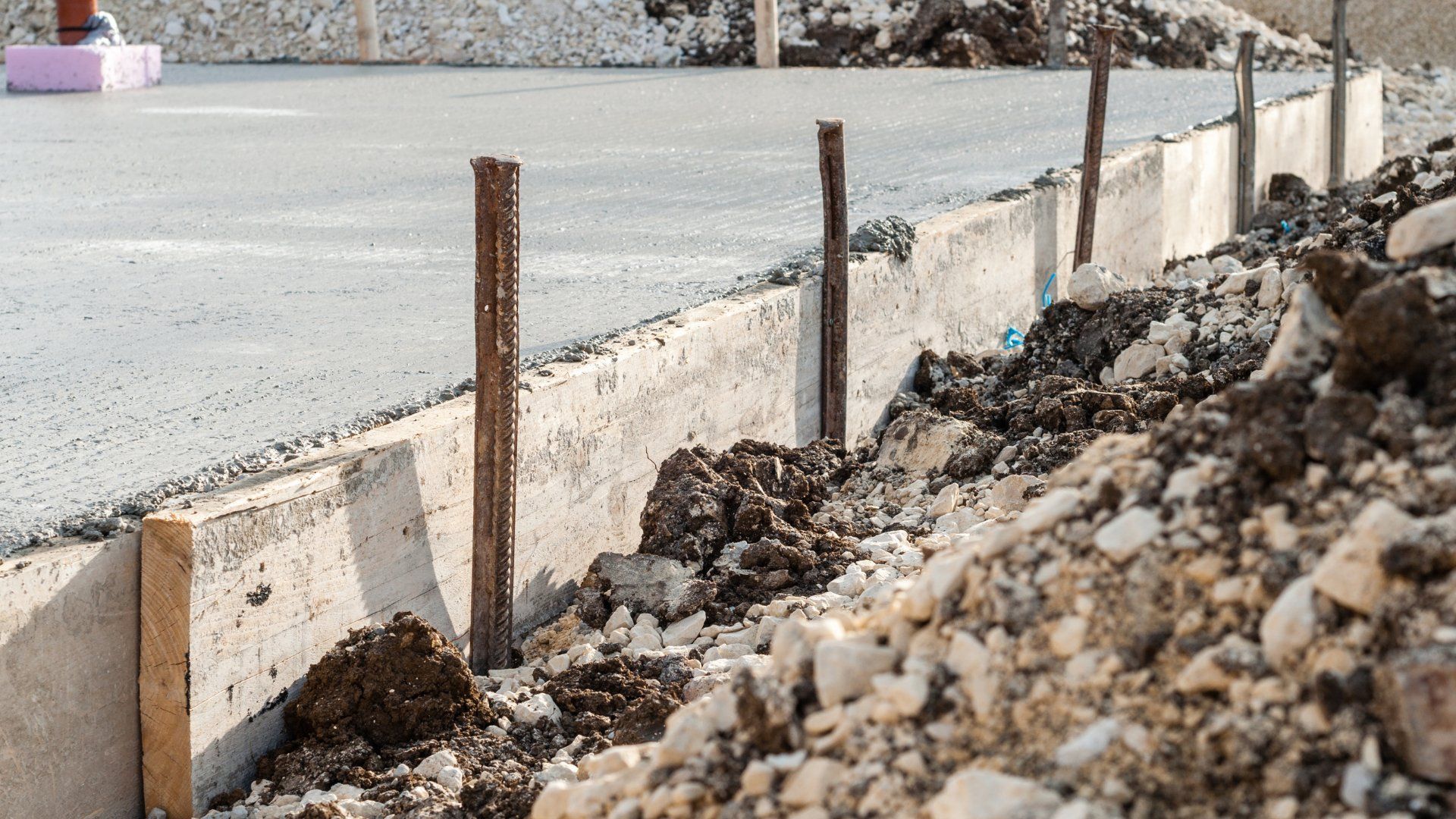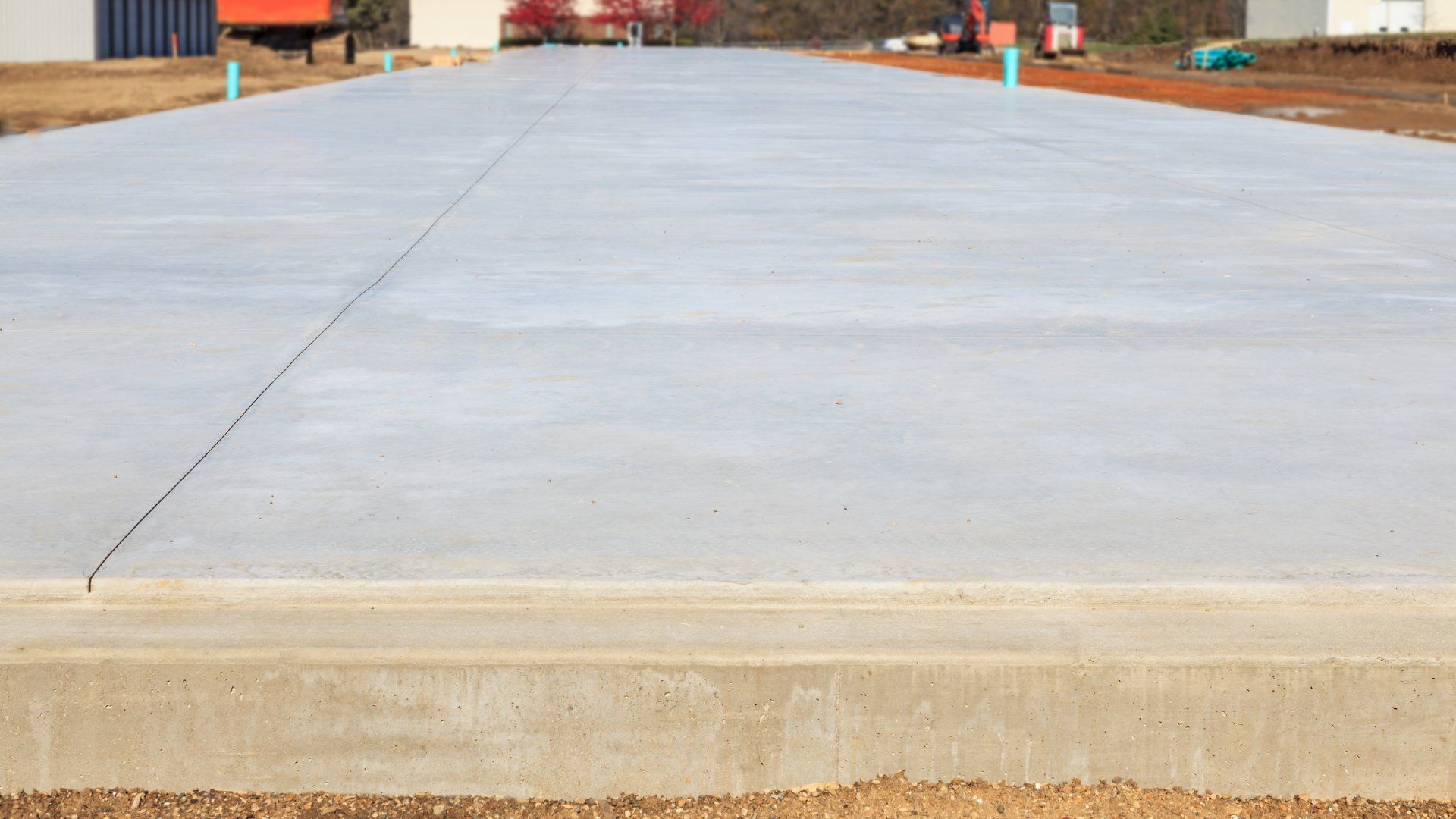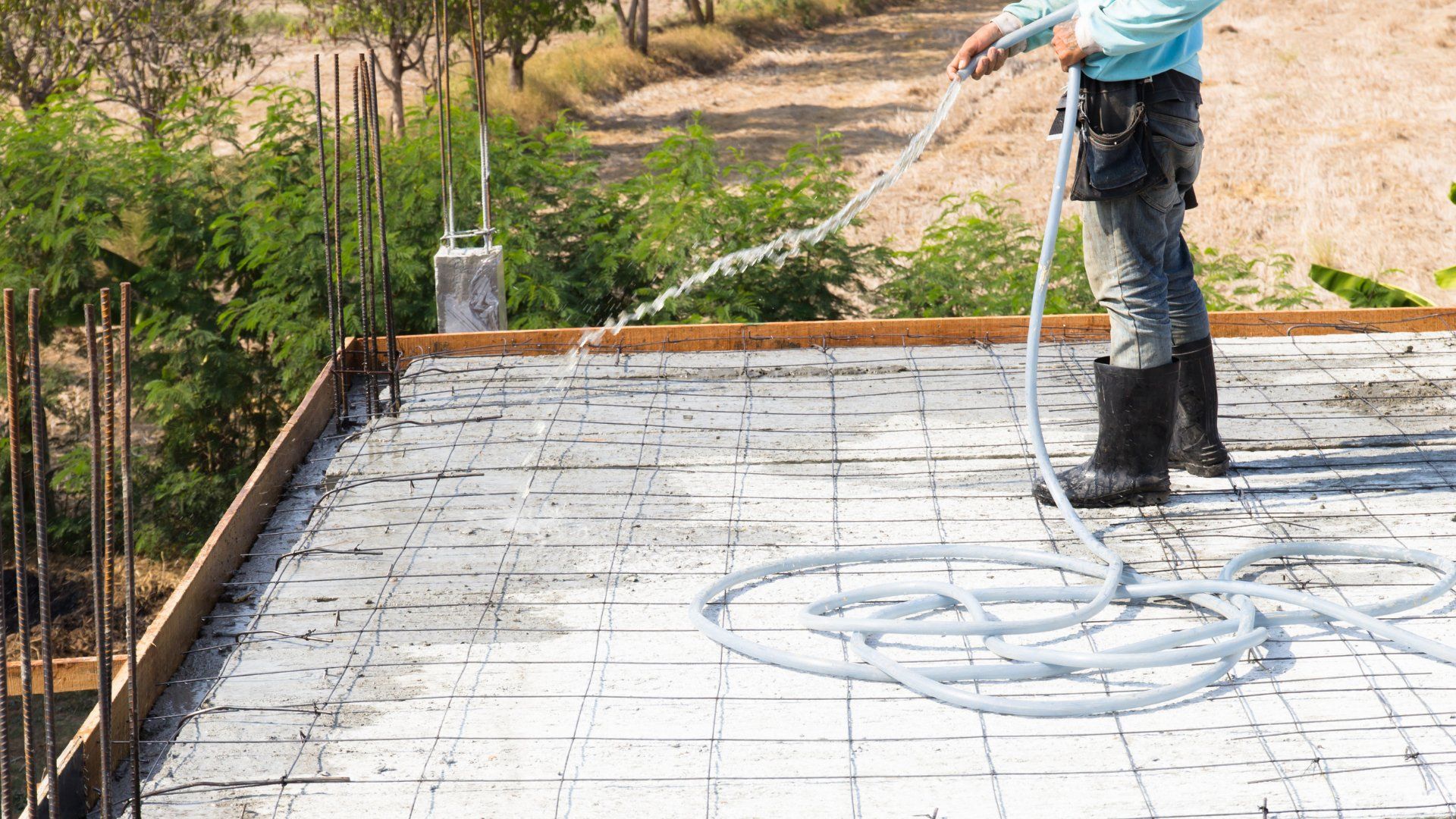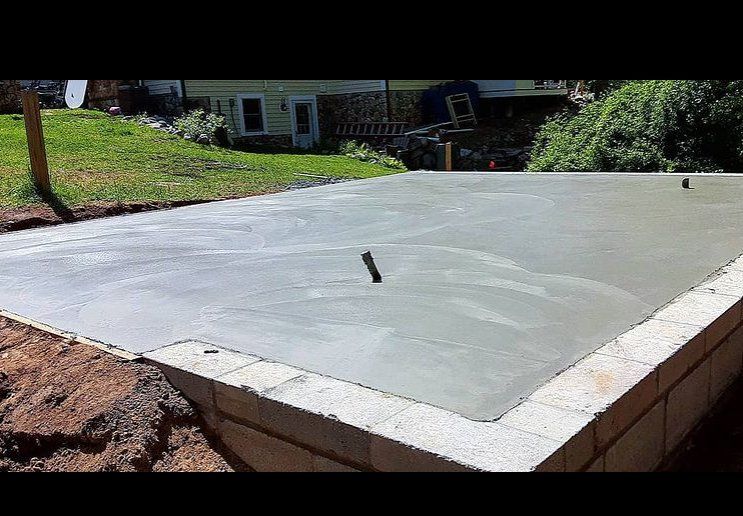Concrete Slab Peterborough
Knowing what to look for when laying a concrete slab on grade is essential, and we've been doing this for years.
What's involved with laying a concrete slab on grade?
When you're looking to install a new concrete slab, there are many factors that need consideration. These include: grade of soil beneath the proposed location; thicknesses (and types)of subsoil layers present in front and behind it as well any existing support structures like pier foundations or retaining walls - all this info will help determine what type surface materials work best for your situation.
The grade of your concrete slab will largely depend on what kind and condition the ground is in where it's going to be installed. If you have good natural ground, then go for it without worrying about grades since they don't really matter much when building structures with this material. The grading of your slab may seem like a daunting task, but it's really quite simple. If you have hard ground that is not too friable or loose-fitting then consider opting for an higher-grade slab to support heavy traffic; while those with softer surfaces can go down as low on the spectrum and still be safe from cracking under pressure.
In addition to the earth's physical characteristics, another major factor determining slab thickness is formwork. The pattern found on this piece of equipment will have an impact upon your final product and may range from asphalt slabs requiring thicker forms than concrete ones due their stamped design with no such feature at all; it also depends what kind if material you're working with. There's more than one way to make a concrete slab. Some common forms include stamped, conical and domed slabs.
How much concrete will it take?
The amount of slab required will largely depend on the total area, thickness and average layer height - all things that vary from project-to-project. That being said though there may be some general rules when it comes down choosing between a thicker or thinner piece; if the former is desired in more places than can fit with their budget then they should go thick while saving money elsewhere, however this doesn't mean doing something lightly because too much material causes problems like making sure everything stays level which becomes especially important near water sources where swelling could cause uplift forces pushing up against walls below grade.
How strong will the foundation be?
Foundations are important because they provide the structure for everything else. The thickness and number of connections determine how strong a foundation will be, which is determined largely by modulus elasticity in turn influenced by grade. Grade matters when it comes to the durability of your concrete. The higher grade, the less likely that tension will cause damage and cracks; while lower grades are more susceptible because they have weaker structures which can quickly worsen under pressure from external forces. This means if you want something strong but also durable.
It is important to choose appropriate joints such as tiebacks, which are used in case of reinforced concrete walls. These sturdy pieces brace the wall against flexing and allow only a limited amount of vertical movement so that your home remains safe from cracks or other damage due its construction material's properties. Joints that are not installed correctly can cause cracks to form. Tiebacks must also be balanced in order for them not become weak, which will lead you having an unstable structure.
How much load can the slab hold?
The load capacity of a slab is important to consider when designing your slab.
A proper foundation will ensure that it's sturdy enough for all types and sizes or load. The four different load bearing capacities are designed to withstand the demands of their respective uses. First, there's concrete slab reinforcement strength and thickness based on mean time between floor slabs wall; second is random loading which utilizes variations in both timing for each element within a structure so that it can withstand wear over long periods while still providing adequate resistance against short-term crush forces like an earthquake (or other sudden event).
The concrete slab is the most crucial part of any foundation. It's how you get weight onto your project, and it has a huge impact on its durability as well. The height (or thickness) refers to what size of pieces will go into each yard; while length accounts for their placement side. This helps prevent cracks from forming when things settle after pouring.
Peterborough Concrete Slab on Grade
Get a free quote
Peterborough Custom Concrete Form
We will get back to you as soon as possible.
Please try again later.
